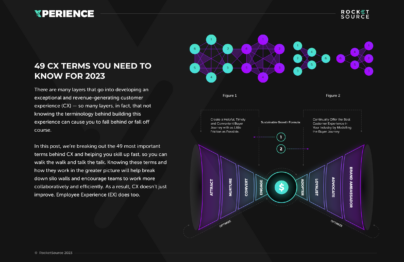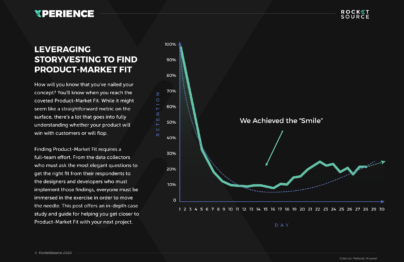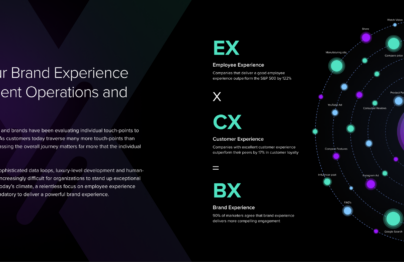Empathy mapping is a practice in understanding another person’s worldview through the lens of their logical and emotional thinking patterns. While this exercise has been done by marketing departments for years, the traditional approach rarely goes deep enough to offer formative insights that can steer businesses upward on the S Curve of Growth or toward the organization’s North Star Metric.
Traditional empathy maps look at four core elements — thoughts, emotions, outward expressions and behind-the-scenes actions. In analyzing what a customer is thinking, feeling, saying and doing as they move through the bow tie funnel, organizations are better equipped to fine tune their messaging and offers to align with that customer journey. These insights are important, but we’ve added three core layers to make this exercise more impactful for the teams who leverage it.

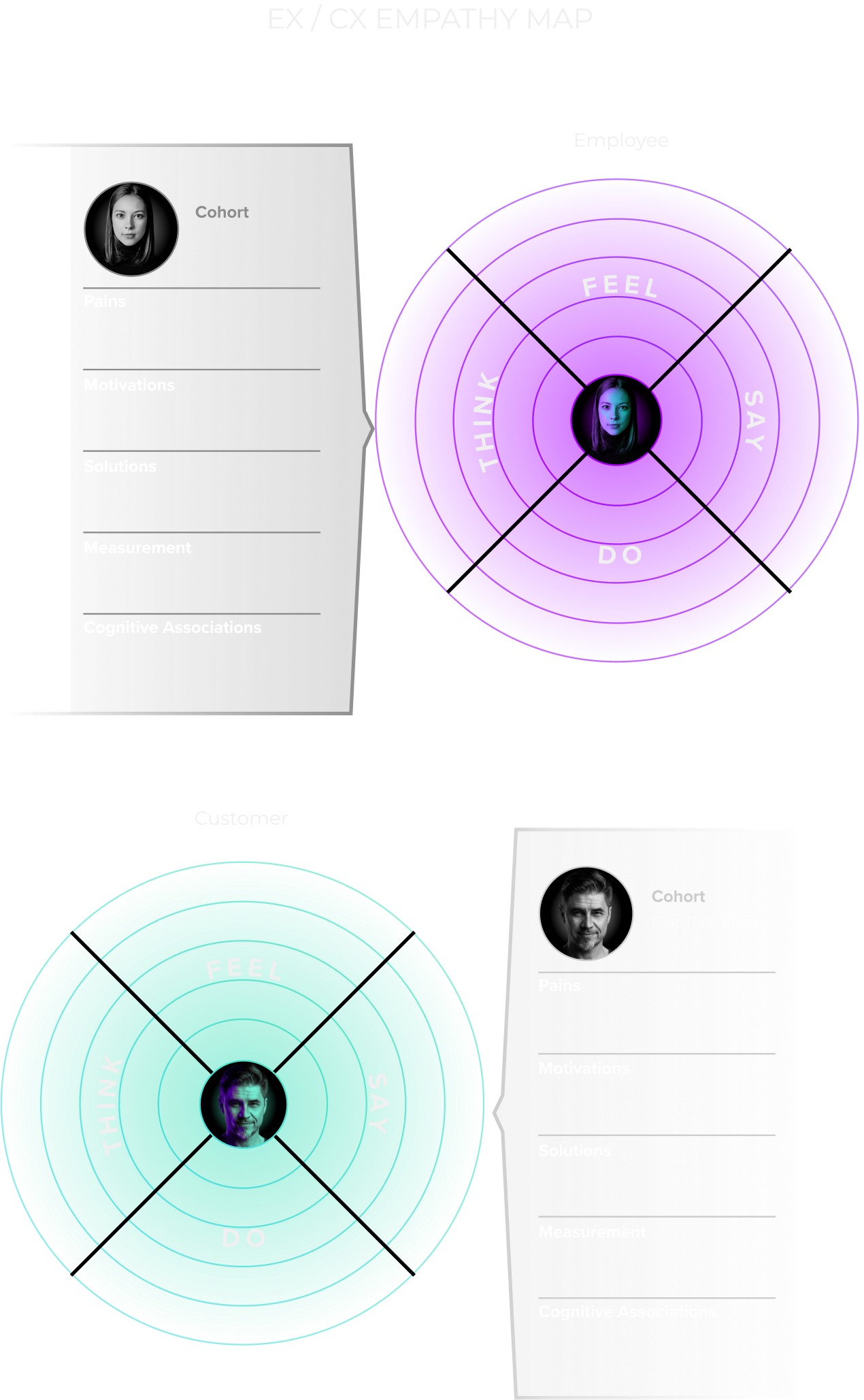
Empathy Mapping the Employee and Customer Experience
If you’re familiar with the StoryVesting framework developed by RocketSource co-founder Buckley Barlow, then you’re familiar with this two-pronged approach of looking at the business and the customer when making strategic decisions. It makes sense, then, that when undergoing an empathy mapping exercise, organizations should look at what’s happening both internally and externally.
One unique element of this map is found at the top section. It’s here that we start by digging deeper into what employees are thinking, feeling, saying and doing. You’ll see the more traditional map on the bottom. It is the same map as was used for the employees, only this one digs into what customers are thinking, feeling, saying and doing.
By pairing the two together when analyzing an organization, it’s easier to notice distinct similarities and differences in the employee experiences (EX) and customer experiences (CX). Those similarities and differences can signal a variety of things, including positive interactions that contribute to higher EX and CX scores, or cognitive dissonance that could erode either EX or CX, or in some cases, both.
Tease Out Actionable Insights Via Empathy Mapping
After peeling back the layers on what’s happening outwardly and inwardly through the customer and employee’s experiences with the organization, teams are better equipped to draw actionable insights from an empathetic perspective. To take that strong next step, teams are encouraged to look with empathy at possible solutions to core concerns, motivations to buy from or work with the organization and cognitive associations of the business as a whole.
Teasing out these insights allows teams to move from intangible effects of exercises like empathy mapping to more concrete details to spark organizational growth. This approach lends itself to behavioral psychological patterns, which show how a person navigates core decision making.
That decision-making starts with an emotional response before moving to a logical through process, and ultimately lands on the two areas getting reconciled to form a strategic and thoughtful decision. It’s also that reconciliation that solidifies the cognitive associations, or ways that the customer thinks about a brand, in their mind, making it a critical piece of the puzzle to consider when empathy mapping.
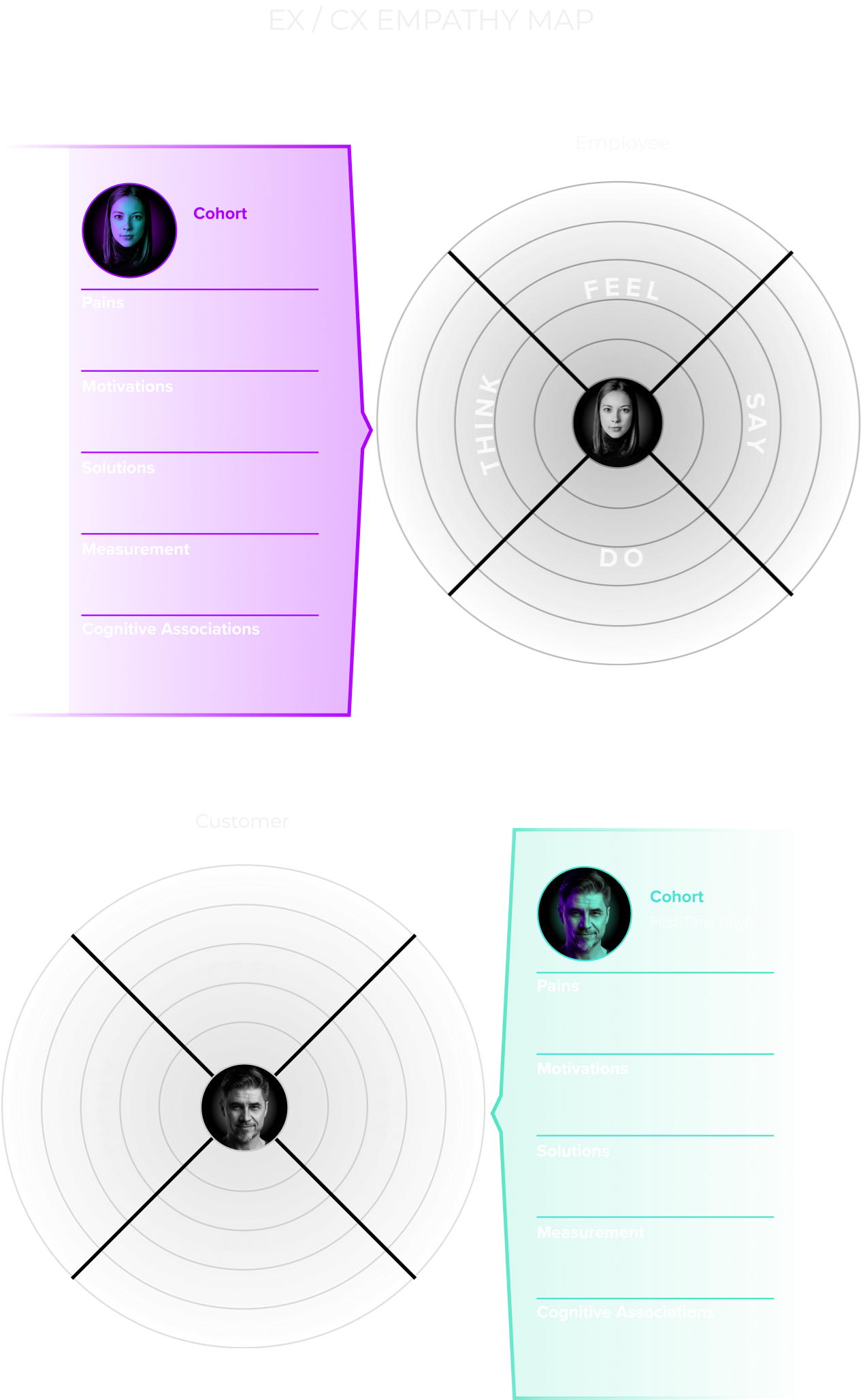
A Data-Centric Approach to Empathy Mapping
Ultimately, organizations want exercises that will equip teams to pinpoint precise areas that need to improve so that the collective experience can improve. In taking the same approach of dividing out EX and CX into two unique empathy maps, teams can plot 16 data points on each. Using a radar graph to visualize these 16 data points across four pillar
areas — people, processes, platforms, and experience management — teams can more easily see the distinct areas that need attention or improvement, and the areas that are performing well.
Data visualizations like these allow teams to quickly and easily compare and contrast the impact experience management initiatives have through a more empathetic lens. Because each of these data points is rooted in understanding the customer and employee from an empathetic stance, teams are better equipped to know the tangible outcomes of their human-centric decisions. It’s this level of insights-centric strategizing that simplifies the complex nature of making soft data points actionable.
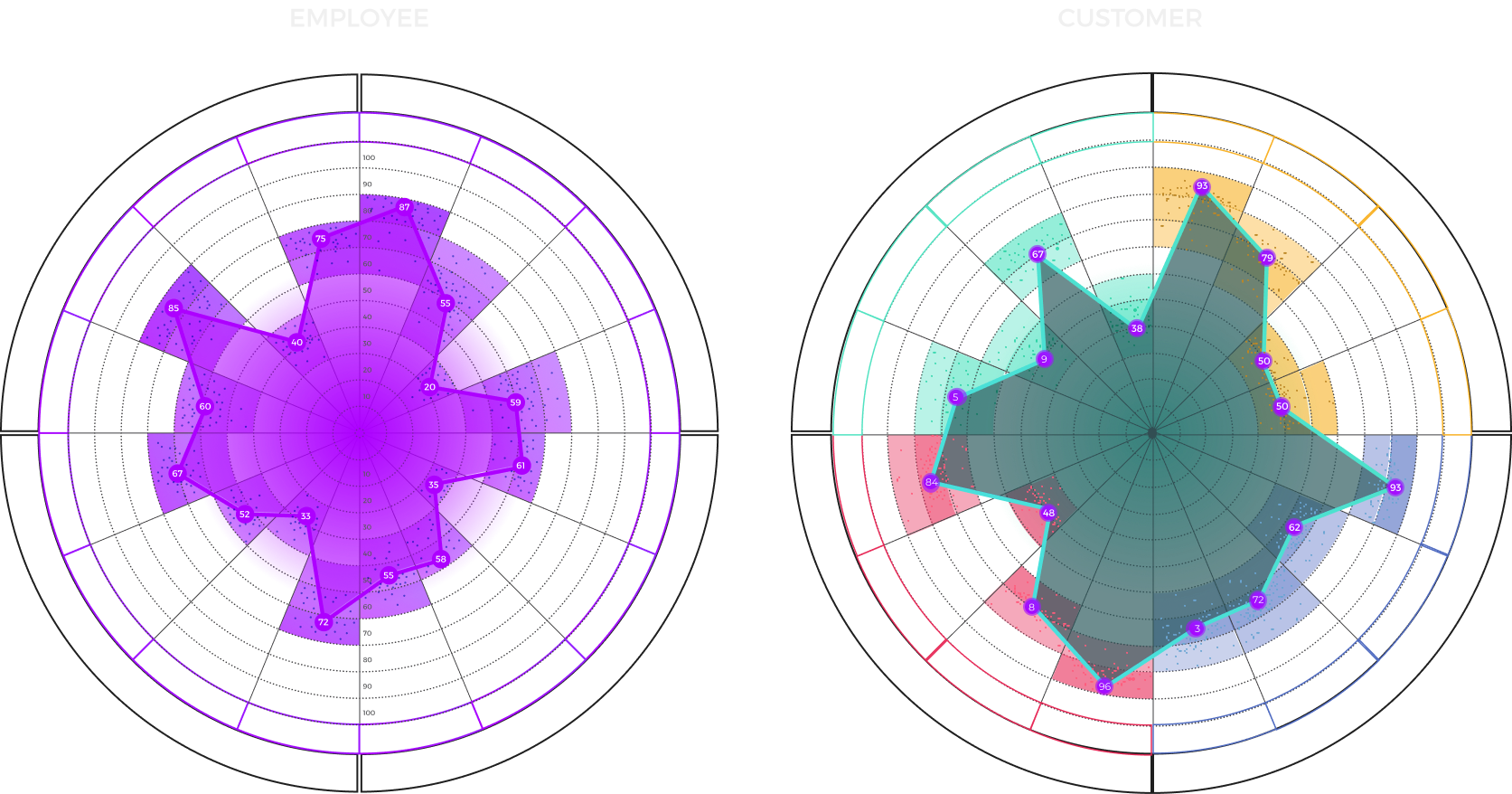
The Peripheral Impact of Modern Empathy Mapping
Empathy mapping is an integral part of how decisions are made via the problem-solving framework, StoryVesting. It’s this framework that has spurred exponential growth for organizations in a myriad of ways, by taking a human-centered approach to doing business. Here are just a few examples of how empathy mapping can have wider implications for your organizational growth.
Improved Employee Experience
When organizations can empathize with their team, they’re better equipped to cultivate a work environment that motivates their employees. That motivation translates into higher performance, higher retention, and a higher-quality talent pool.
Improved Customer Experience
It’s no secret that sublime customer experiences are key to standing out in crowded markets. By continuously refining that experience through empathy mapping, teams can get to the heart of what the customers want while simultaneously tugging on their heartstrings on both emotional and logical levels.
Faster Revenue Acceleration
The increased customer and employee engagement that comes as a result of data-centric empathy mapping leads to faster revenue acceleration. Organizations are able to create more sustained momentum through more intelligent analytics that showcase what’s happening on your teams and in the market.
Better Product-Market Fit
As teams develop and evolve an organization’s product line, having data points around what the customers want and need allows them to stay in alignment with market demands.
Customer Experience (CX) Terms
- 360° Degree View of the Customer
- AI Ops
- Barlow Bands
- Behavioral Triggers
- Bow Tie Funnel
- Brick-to-Click
- Business Impact Analysis (BIA)
- Cognitive Computing
- Cohort Analytics
- Content Mapping
- Conversational User Guidance
- Customer Data Profile
- Customer Experience (CX)
- Customer Friction
- Customer Insights Map
- Customer Journey
- Customer Journey Mapping
- Customer Satisfaction (CSAT)
- Customized Ratios
- CX Intelligence
- CX Led Growth
- CX Metrics
- Data as a Product (DaaP)
- Data as a Service (DaaS)
- Data Culture
- Data Driven
- Data Engineering
- Data Fabric
- Data Governance
- Data Humanization
- Data Hygiene
- Data Looping
- Data Mapping
- Data Mining
- Data Modeling
- Data Monetization
- Data Swamp
- Data Visualization
- Data Warehouse
- Data-Centric
- Descriptive Analytics
- Diagnostic Analytics
- Digital Asset Management (DAM)
- Digital Transformation
- Dirty Data In Dirty Data Out
- Embedded Intelligence
- Empathy Mapping
- Employee Data Profile
- Employee Experience (EX)
- EX to CX Data Mapping
- EX to CX Mapping
- Experience Management (XM)
- Gap Analysis
- Generative AI
- Human-Centered Design (HCD)
- Journey Analytics
- Machine Learning (ML)
- Managed Agile Services on Demand
- Modified Hoshin
- North Star Metric
- Party Data
- Pathway to Purchase
- Predictive Analytics
- Product-Market Fit Mapping
- Real Time Design Looping
- Revenue Acceleration
- RevOps
- S Curve of Growth
- Stack Impact Analysis
- StoryVesting
- Table Stakes Testing
- The 3 P’s
- User Experience (UX)
- User Insights Map
- User Interface (UI)
- Voice of the Customer (VoC)
- Voice of the Employee (VoE)
- World Cloud Generator Sentiment Mining
- X Analytics

